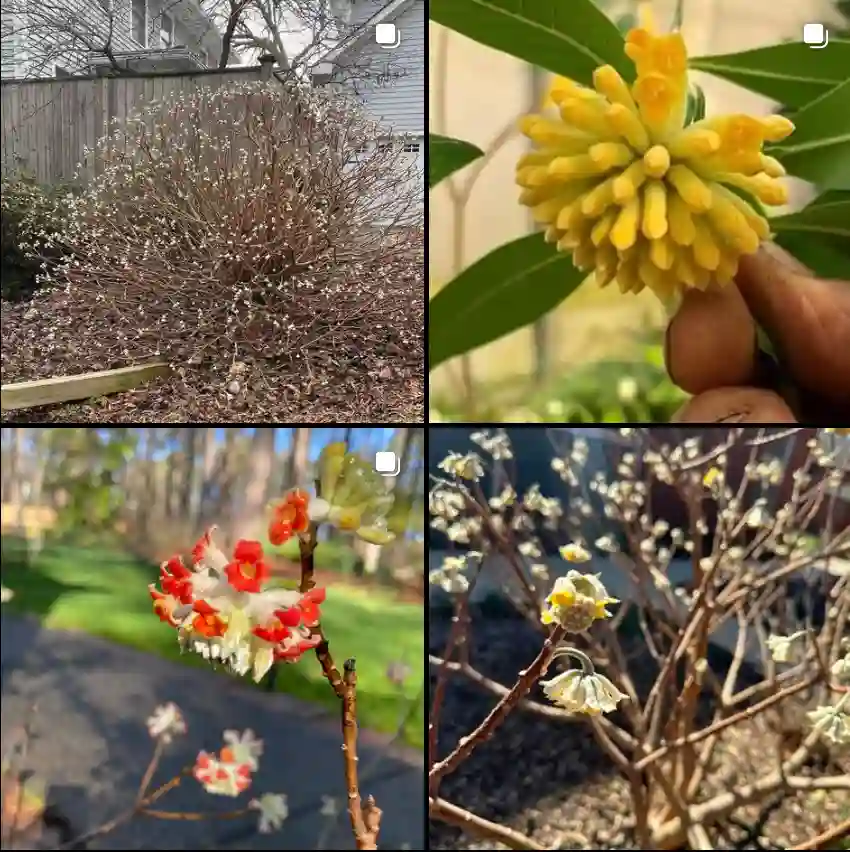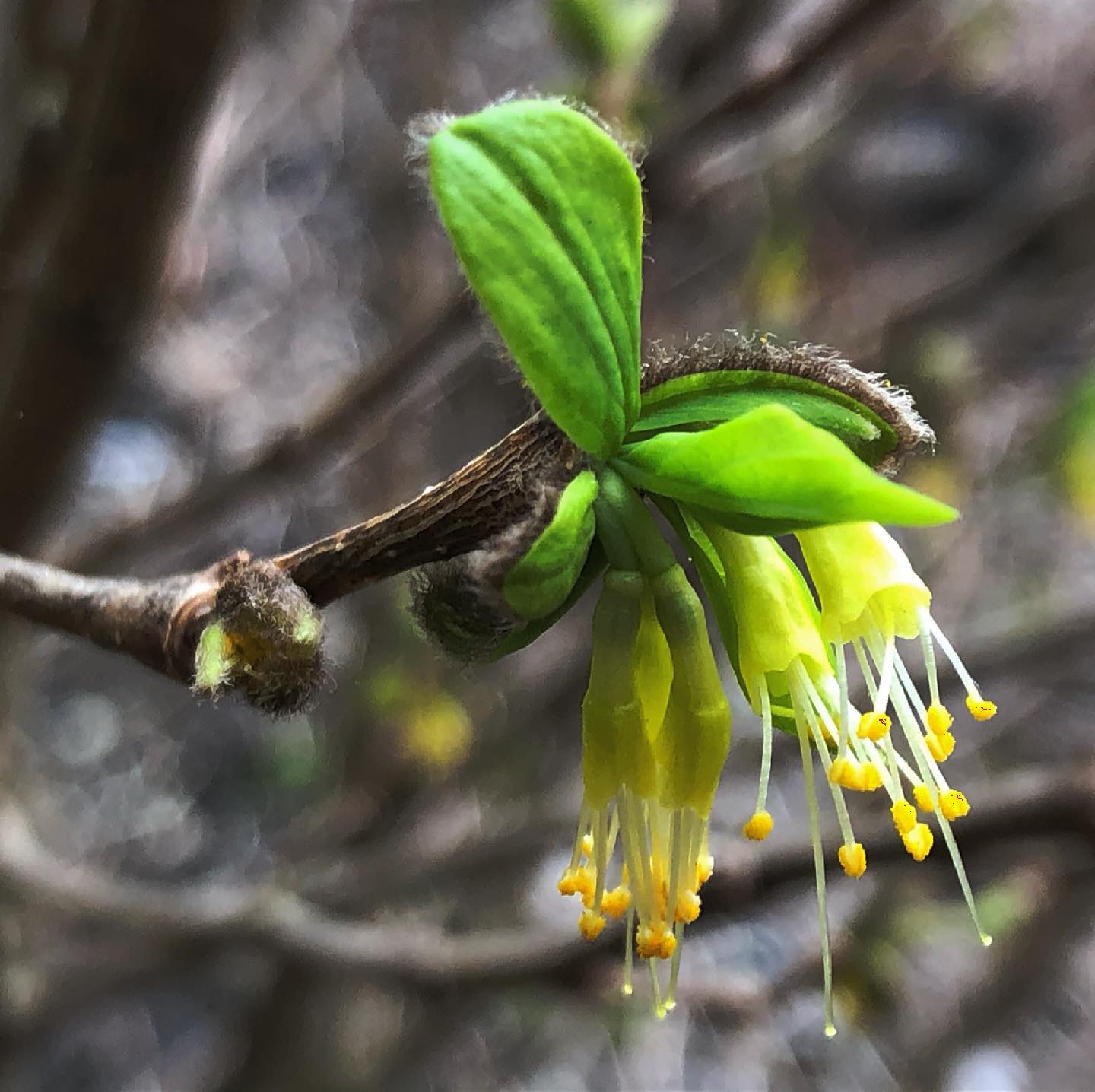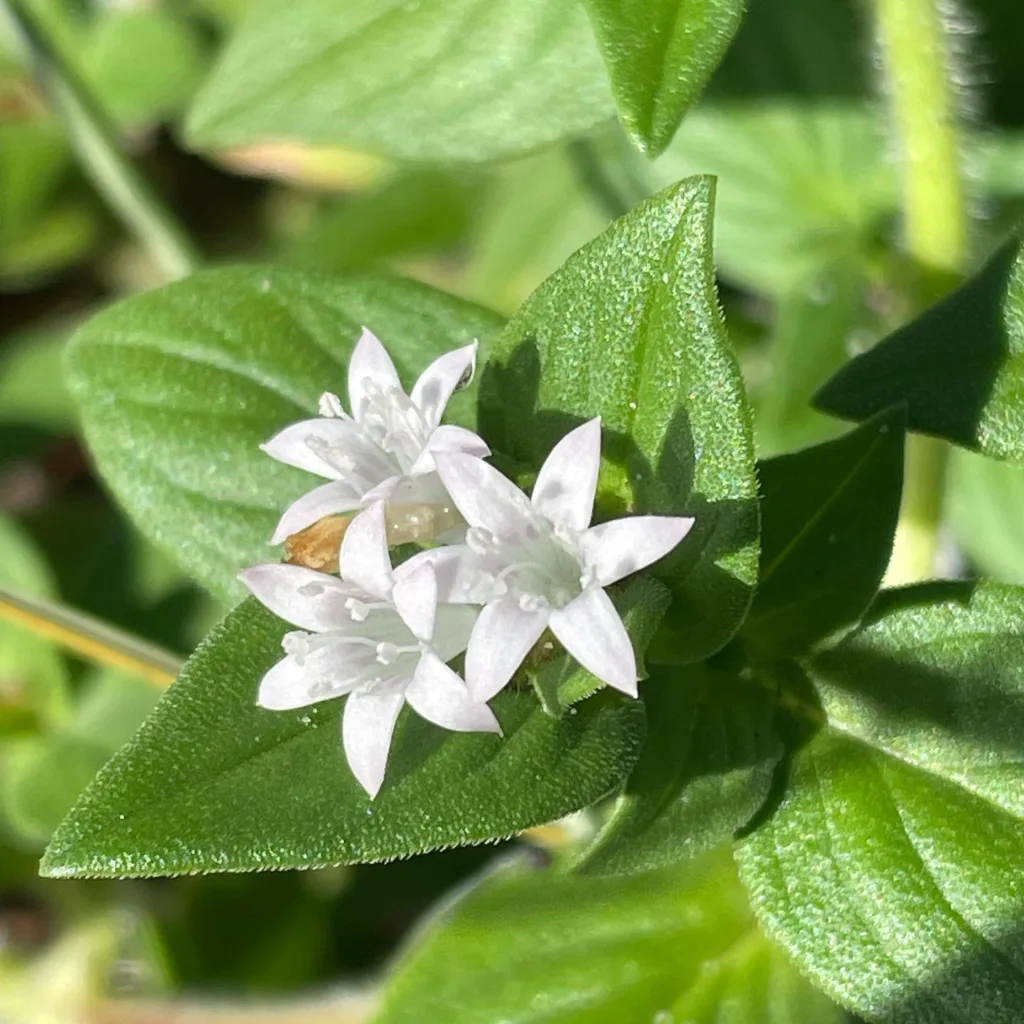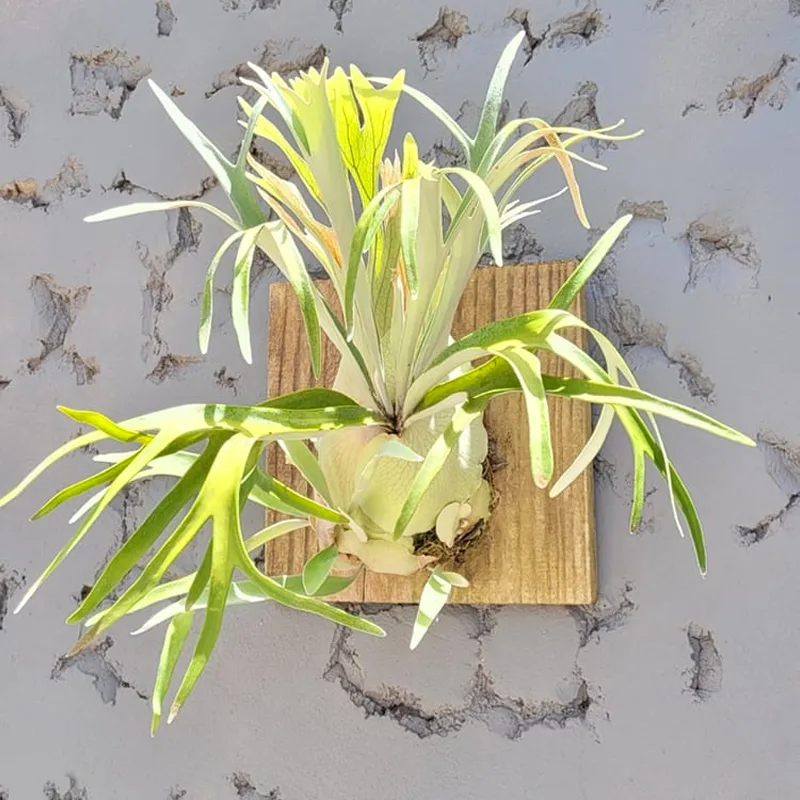February 10 – Canella
"Born on February 10, you are represented by Canella, the cinnamon bark tree."
Canella’s fragrant bark reflects your warmth and generosity. You have a way of bringing comfort and sweetness to those around you, making you a cherished companion.
Exploring Canella winterana: My Experience with the “Wild Cinnamon” Plant
I’ve spent a fair share of my time exploring and nurturing a wide variety of plants, but Canella winterana holds a special place in my collection. Also known as wild cinnamon, white cinnamon, or simply cinnamon bark, this unique plant is native to the Caribbean and the southeastern United States, known for its aromatic qualities and striking appearance. In this article, I’ll share my experience with Canella winterana and highlight its characteristics, care needs, and the charm it brings to any plant lover’s collection.
Understanding Canella winterana’s Background
Canella winterana belongs to the Genus Canella, which contains only this single species. It’s a small, evergreen tree or shrub that thrives in warm, tropical climates. Native to the coastal and sandy regions of Florida, the Bahamas, and parts of Central and South America, this plant has adapted to withstand salt spray and intense sunlight, making it resilient in many challenging environments. I find it especially rewarding to work with plants that have such natural hardiness, as they tend to thrive in conditions that may pose difficulties for other species.
The name “wild cinnamon” comes from the aromatic scent of the bark, which resembles that of cinnamon. However, it’s not closely related to true cinnamon (from the Cinnamomum genus) but instead belongs to the Canellaceae family. This spice-like scent adds a pleasant touch to any garden, giving Canella winterana a functional as well as aesthetic purpose.
The Unique Appearance of Canella winterana
The first thing that struck me about Canella winterana was its vibrant, evergreen leaves and small, dense growth. The leaves are deep green and leathery, offering an exotic appeal. The tree doesn’t grow particularly tall – around 10-20 feet when mature, though I’ve seen some growing a bit taller under ideal conditions. This makes it manageable and suitable even for smaller garden spaces or as a part of a diverse plant arrangement.
One of my favorite aspects of Canella winterana is its vibrant red berries, which appear after the small, star-shaped flowers have bloomed. The flowers themselves are lovely, with a pale yellow-pinkish hue and a delicate scent that complements the spicy aroma of the bark. While these berries aren’t edible for humans, they attract various species of birds, adding to the overall biodiversity in my garden.
Caring for Canella winterana: My Tips and Techniques
One of the reasons I enjoy having Canella winterana in my collection is that it’s relatively low-maintenance. However, there are some essential care tips I’ve learned over time to keep it healthy and vibrant.
Sunlight and Temperature
Canella winterana thrives in full sunlight, so I make sure to plant it in an area where it gets at least six hours of direct sun each day. Since it’s native to tropical climates, this plant also loves warmth and can tolerate hot temperatures, making it ideal for areas with intense summer heat. However, it’s worth noting that Canella winterana doesn’t fare well in freezing temperatures. I live in a relatively mild climate, so I haven’t had to worry much about frost, but for anyone in colder regions, I recommend planting it in a pot that can be brought indoors during winter.
Soil and Watering Needs
Canella winterana prefers sandy, well-draining soil – a characteristic of its natural coastal habitat. I mix a little sand and perlite into my potting soil to mimic these conditions, allowing excess water to drain quickly and prevent root rot. Though Canella winterana is somewhat drought-tolerant, I still water it regularly, especially during dry spells. I’ve found that a deep watering once a week is generally sufficient, allowing the soil to dry slightly between waterings.
Pruning and Maintenance
This plant doesn’t require heavy pruning, but I like to trim it occasionally to encourage a fuller, bushier appearance. Removing any dead or damaged branches also helps it stay healthy and attractive. I’ve noticed that Canella winterana tends to develop a natural, rounded shape on its own, which adds a nice visual balance to the garden without much intervention.
The Ecological Role and Benefits of Canella winterana
One of the things I appreciate most about Canella winterana is its role in supporting local wildlife. The berries are a valuable food source for birds, particularly during the winter months when other sources may be scarce. It’s always rewarding to see wildlife enjoying the plants I’ve cultivated, and Canella winterana provides this benefit effortlessly.
Additionally, the leaves and bark have been historically used for medicinal purposes, though I personally keep it as an ornamental addition. Canella winterana contains compounds with potential anti-inflammatory and antimicrobial properties. While I haven’t tried to extract or use any of these myself, I find it fascinating how this single plant can offer both aesthetic and practical benefits.
Why I Recommend Adding Canella winterana to Your Collection
If you’re looking for a unique, resilient, and visually appealing plant, Canella winterana is an excellent choice. From its spicy-scented bark to its beautiful flowers and vibrant berries, this plant offers a range of sensory experiences that make it a joy to grow. Its low-maintenance nature, coupled with its adaptability to warm climates, makes it suitable for both beginners and experienced gardeners alike.
In my experience, Canella winterana has been a versatile addition to my garden. Whether you’re looking to attract wildlife, add a tropical flair, or simply enjoy a new variety, this plant has a lot to offer. Plus, its unique background and historical significance make it a conversation starter – one that’s bound to intrigue fellow plant enthusiasts.
Final Thoughts on Growing Canella winterana
Canella winterana has become more than just a part of my garden – it’s a plant I’ve come to admire for its resilience and beauty. Each season brings new changes, from the delicate blooms in spring to the red berries that appear later in the year. And, of course, the subtle scent of the bark is an added delight that enriches the overall atmosphere. Growing Canella winterana has been a rewarding experience, and I wholeheartedly recommend it to anyone looking to expand their collection with something unique and meaningful.
If i die, water my plants!



